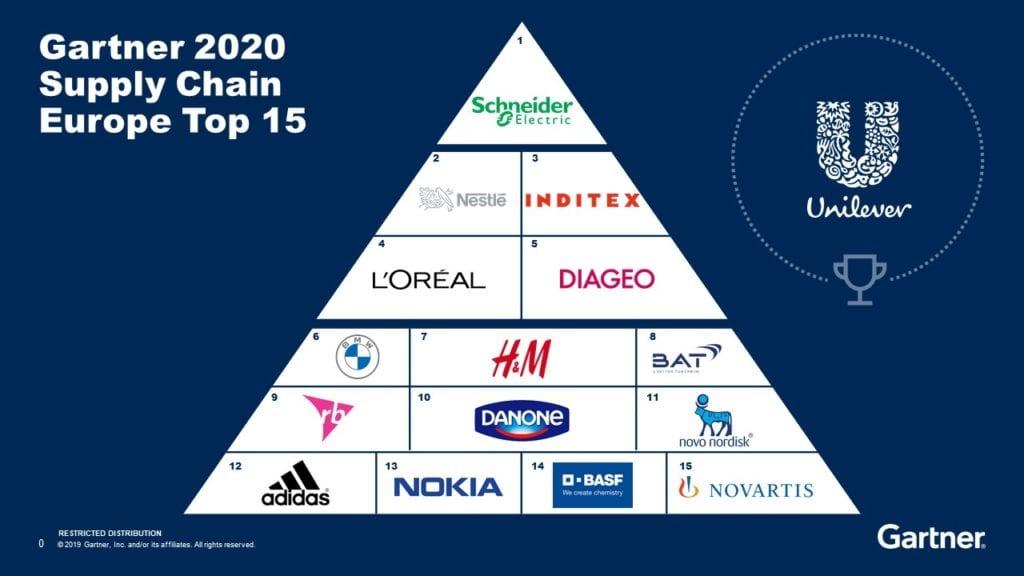Schneider Electric: Building The Supply Chain of Tomorrow
by Jean-Pascal Tricoire

Schneider Electric Energy Management/Energy Efficiency
Supply chains are in the spotlight. Following the crisis, there is speculation on how they will adapt in the future. In recent years, with efficiency as a constant driver, we have been experiencing a transformation defined by four key trends: digitization, sustainability, customization, and regionalization. It was these trends that underpinned Schneider’s Supply Chain Strategy Tailored, Sustainable, Connected 4.0, implemented four years ago.
Today, resilience is at the top of everyone’s agenda – but what does it mean for supply chains?
We can expect these four existing trends to accelerate.
Customization evolution
Supply chains must adapt to different types of customers. Customization is the new normal: tailored requests, speed, and local engagement are necessary. A “one-size-fits-all” approach to supply chain inhibits growth and broadly leads to dissatisfaction. Embarking on our own journey, we have developed five Supply Chain models to reflect the expectations of our different customer segments, including integrators, electrical distributors, and end-users.
Digitization of operations
Digitization provides the answer to building a customer centric supply chain. All are looking for efficiency, productivity, and quality. Unless operating processes are connected, systems and tools cannot truly support the needs of customers or the business.
Connection allows us to control, monitor, and optimize every part of the process. It creates the desired end-to-end view, which can be visualized at control towers located at key points around the world, to provide on-site, real-time knowledge driven by data analytics. Such connectivity creates the ability to make better sense and predict demand with customers, triggering a reaction along the links and activating frontline teams to address needs more efficiently. Together, connectivity and artificial intelligence can eliminate downtime by continually running tests to improve performance, detect issues and create diagnosis before outages occur. This enables predictive and preventative maintenance.
Thanks to digitization, suppliers can be fully integrated into an “extended supply chain”, encouraging transparency and traceability. Digitization becomes a foundation for circularity. It opens manufacturing to all shareholders and changes the relationship between suppliers.
Of course, the human component is key. Digital allows for agile management, augmenting and empowering field operators and enabling unmanned operations to ensure their safety. Digitization breaks down silos and builds collaboration and trust.
At Schneider, we deploy our own technologies across our Global Supply Chain footprint of 300 Connected Factories and Distribution Centers, 100+ of which are “SMART” Certified. We have sites in Asia, China and Europe designated as World Economic Forum advanced manufacturing “Lighthouses”.
Sustainable momentum across the chain
While the headlines have increased in recent years, sustainability in supply chains is not a new trend. Supply chains are major contributors to environmental impact. Since the early 2000’s, many sustainable initiatives have been undertaken.
Our actions focus on three factors:
- Zero-carbon to reduce our CO2 footprint, reducing emissions and de-risking operations.
- Circularity in both our design and end-of-life processes to minimize resources.
- Conserving biodiversity through minimizing water and resource use.
While the momentum was already underway, it will be accelerated going forward. The need for sustainability to address primary threats such as Climate Change has been reinforced by COVID-19 and will be a priority in recovery plans. Governments and businesses alike are focusing on a green future.
Read the full blog on Schneider Electric's Energy Management/Energy Efficiency site

